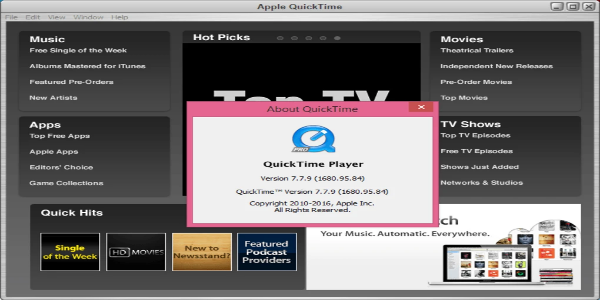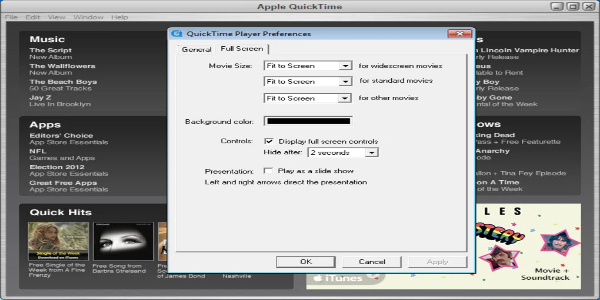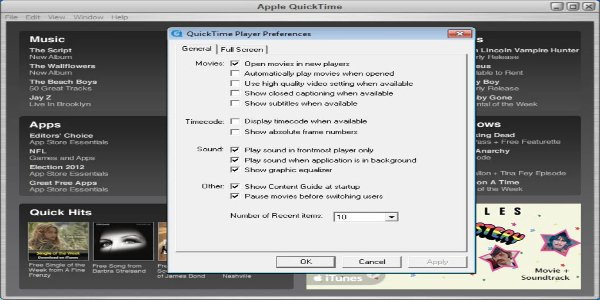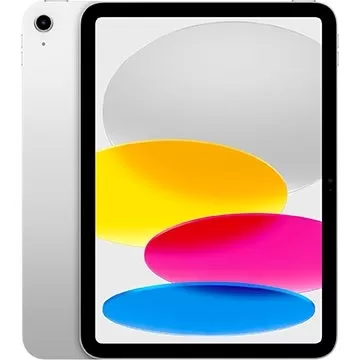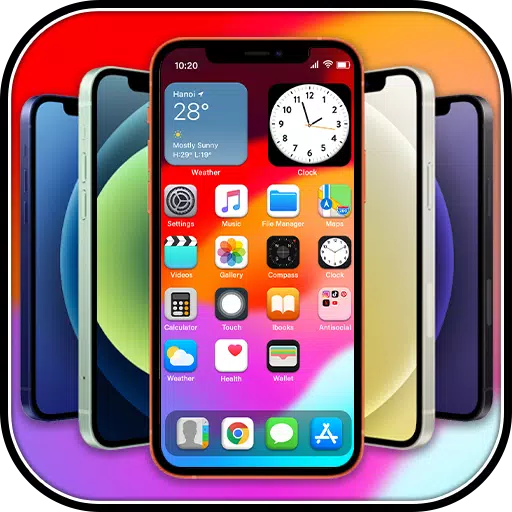QuickTime, crafted by Apple, remains a go-to multimedia player for Mac users, renowned for its ability to handle a wide array of media formats. Although support for Windows has been discontinued, its user-friendly interface and robust feature set continue to make it a favorite among many.

Essential Video Editing, Live Streaming, and Beyond
For almost a decade, QuickTime has been a stalwart in the realm of multimedia players. However, with the emergence of competitors like VLC and KMPlayer, Apple's default software faces stiff competition. Despite this, QuickTime is still pre-installed on Macs and regularly updated, while its Windows counterpart has seen less development over time.
Nevertheless, it remains a top choice for Apple enthusiasts looking for an easy-to-use, feature-packed multimedia solution on their computers.
What Are Its Features?
QuickTime is celebrated for its extensive range of capabilities, especially those found in the Pro version. It supports numerous video file formats and also manages images, audio, and other content effectively. Additionally, QuickTime offers fundamental video editing functions, such as rotating, trimming, splitting, and merging video clips, making it a convenient tool for those looking to share clips online.
The player also includes screen recording and live video streaming capabilities through "QuickTime Broadcaster." Users can directly upload media files to social media platforms like Facebook, Vimeo, and YouTube from within the player.
Supported by Apple, QuickTime is compatible with various plug-ins that enhance its functionality, though these are primarily tailored for Mac users since the Windows version no longer receives updates. QuickTime is currently compatible with Windows Vista, Windows 7, Windows 8, and Windows 10.
What Can You Play with QuickTime?
As the default multimedia player for Mac devices, QuickTime effortlessly plays files purchased from iTunes or Apple TV, ensuring optimal video playback on Mac systems. On Windows, it provides similar functionality, including advanced video compression technologies like H.264, which allow for high-definition videos with reduced storage and bandwidth needs.
Moreover, QuickTime can transcode and encode various digital files into different formats. However, it may not offer the same level of features and performance as some of the newer multimedia players available online.
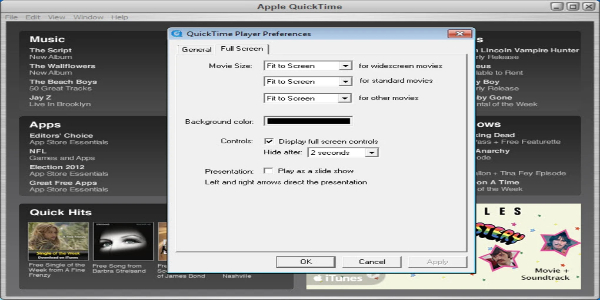
What Can You Play with QuickTime?
QuickTime, being Apple's standard multimedia player for Mac devices, is perfectly tuned to handle files from iTunes or Apple TV, ensuring seamless video playback on Mac systems. On Windows, it offers comparable capabilities, including advanced video compression like H.264, which supports high-definition videos while minimizing storage and bandwidth usage.
Additionally, QuickTime is capable of converting and encoding various digital file formats, though it might not match the feature set and performance of some newer multimedia players on the market.
Should You Download QuickTime?
QuickTime offers a straightforward way to play videos stored on your computer and stream content from online URLs. While it supports multiple file formats, the free version comes with limited functionality, which could be a limitation for some users. However, its performance can be enhanced with third-party codecs and plug-ins.
A Solid Choice for Windows PCs
Developed by Apple, QuickTime Player continues to be a dependable option for playing multimedia files, although it is more tailored to Mac users. If you're on a Windows PC and want to enjoy its intuitive interface and the ability to import files from iTunes, QuickTime is definitely worth considering.
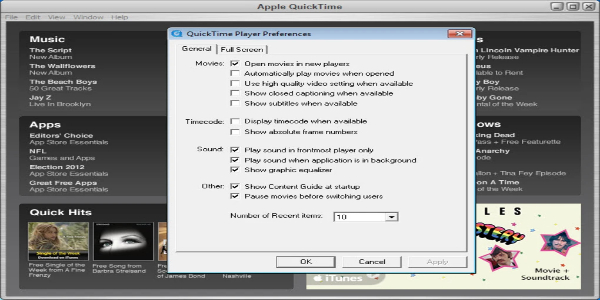
Advantages & Disadvantages
Advantages:
- Supports live streaming
- Enables direct uploads to social media platforms
- Offers a user-friendly and clean interface
- Provides basic video editing capabilities
Disadvantages:
- Limited support for certain file formats
Screenshot







